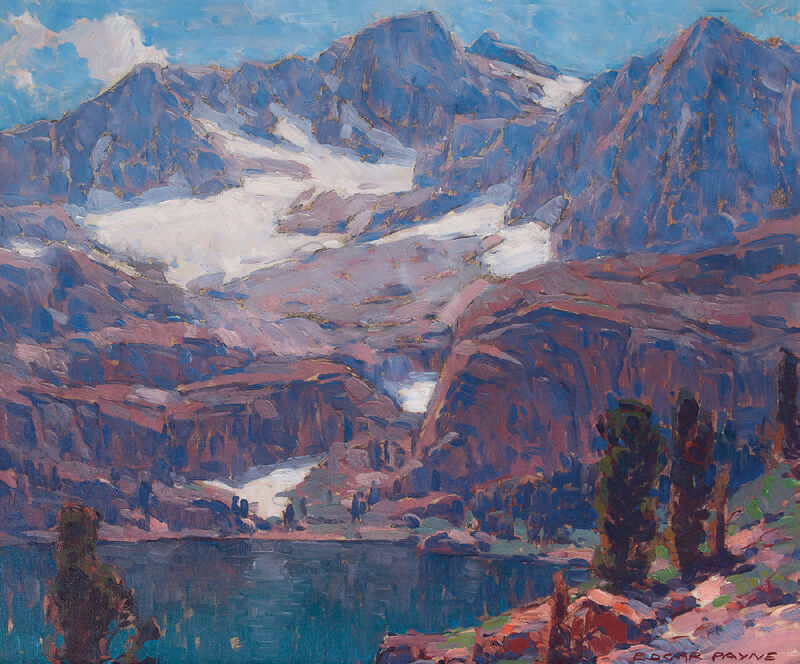
06 Sep Community and Creativity
In many different ways, each issue of WA&A highlights the impact community can have on creativity. Throughout these pages, we find examples of how the Western art community can support and inspire people.
For example, we see how artists build upon the lessons historic greats have shared in color, subject matter, and composition. Artist Jerry Jordan began his life-long creative path after first visiting Taos, New Mexico, as a young artist. Inspired by the works and writings of the Taos Society of Artists, he’s built a reputable 66-year career by following in their footsteps and adding his own signature perspective to their style of art. Jordan marks his appreciation for the Taos Founders’ influence by including the acronym “T.A.O.S.” on each painting, which stands for “Together Always Our Spirit” (“Fulfilling the Taos Dream,” pg. 134).
When artist Bruce Greene began painting, he sought out his own set of knowledgeable mentors in the Cowboy Artists of America (CAA), an organization that traces its roots back to Charlie Russell. His studied practice ultimately led Greene to be inducted into the CAA, and when he participates in the organization’s 57th annual exhibition and sale this November, he will continue its legacy of excellence by teaching the next generation of young artists during a workshop (“A Moment in Time,” pg. 146).
In the world of architecture, the design process is often collaborative, with the architect, builder, interior designer, and homeowners contributing distinct visions. In one feature inside this issue, a dramatic rocky background in Montana became the organizational element for the home’s design, leading to a Modernist structure that cantilevers from the hillside (“At Home in the Rimrocks,” pg. 128). The other architecture feature profiles a renovation in Colorado, which enhanced the home’s connection to the landscape and highlighted an exceptional art collection (“From Good to Great,” pg. 140).
Art collectors are also a part of the collaborative creative process, championing artists who, as collector Russ Hoover says in this issue’s “Collector’s Eye” column (pg. 152), have a vision worth believing in. Hoover says that his joy of collecting expanded when he took a more active role in supporting artists and helping them achieve their goals. “By collecting them, we feel we are doing our part in letting their visions be shared and their creative voices be heard,” Hoover says.
And when it comes to putting together the issues of WA&A, the creative efforts of our staff members and contributors are second to none. Writers and photographers share their artistry through storytelling, and our exceptional editors Norman Kolpas and Carter Walker and creative director Dominique Fultz share their ideas and brainstorm solutions to tricky problems. I’m grateful to work alongside them and also call them dear friends.
Relationships within a creative community foster a sense of identity and belonging. It reminds us that together we can do things that would be impossible alone. I hope you enjoy this issue and the tremendous Western art community profiled inside.






No Comments